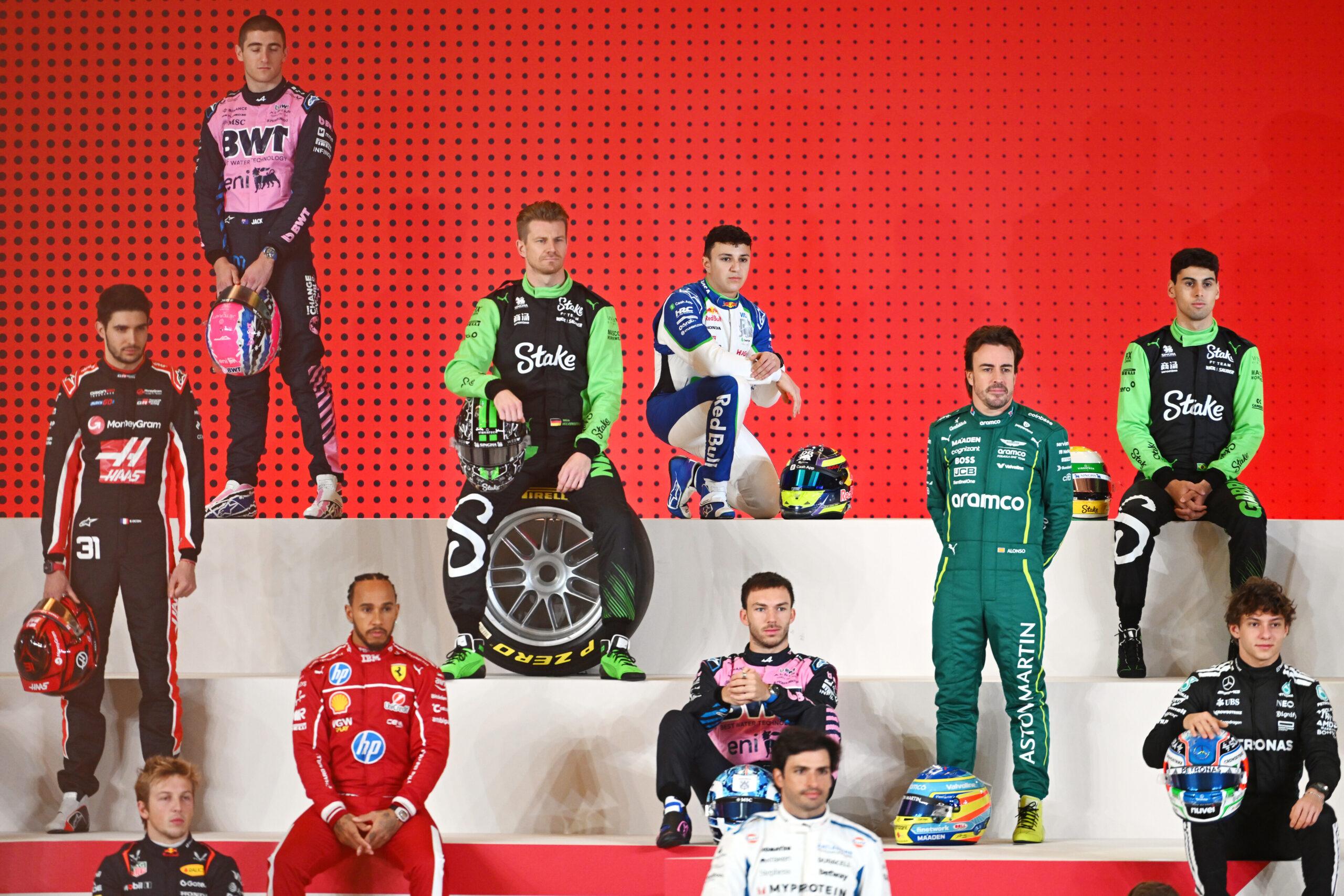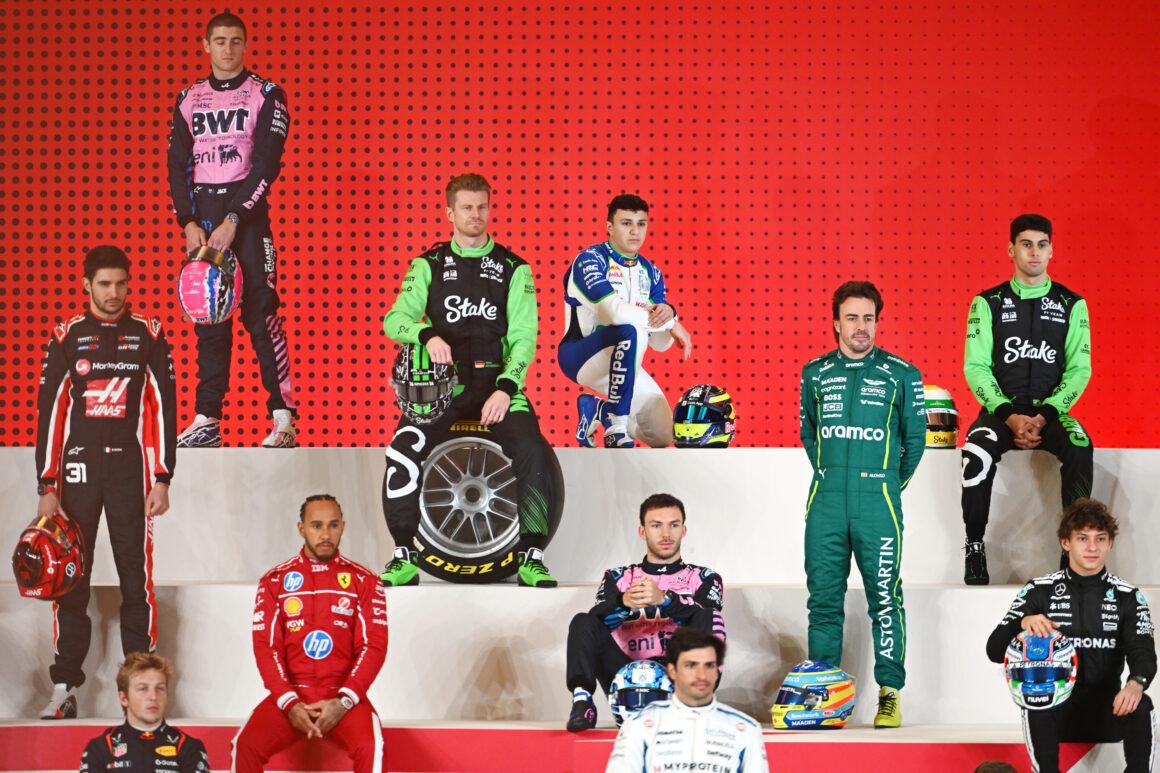Let’s kill the myth, test the physics, and torch the hype. Can a Formula 1 car drive upside down? Short answer: theoretically yes, practically not yet. The laws of aerodynamics say it’s doable. The laws of engineering logistics say: bring a tunnel, a perfect surface, and nerves of titanium. Until then, the claim lives in that awkward space between science and showbiz. File this under: intriguing, not imaginary.
And before the F1 fan club starts chest-thumping, a tiny electric upstart just stole the show. McMurtry’s Spéirling actually did it. Upside down, from stationary, thanks to a fan system that sucks the car to the surface. It wasn’t a fantasy. It was filmed, witnessed, and verified. F1? Still talking. McMurtry? Already sent everyone else back to karting school.
Aerodynamic Reality Check: Downforce vs Gravity
Here’s the clean physics. If a car produces downforce greater than its weight, it can cling to a ceiling. That’s it. No witchcraft. F1 cars generate massive downforce at speed—think multiple times their own weight at high velocity—thanks to wings, floors, and clever underbody tunnels. But there’s a catch. They need speed to make that downforce. No speed, no stick. Gravity laughs last.
The Spéirling changes the rules. Its fan system creates downforce on demand even at 0 mph. It doesn’t wait for airflow. It makes its own. That’s why it could be rotated upside down on a rig and then drive unsupported—because the fans pulled it to the “floor” harder than gravity could pull it off. It’s not a loophole. It’s a sledgehammer.
What It Takes to Go Inverted
For a purely aero car like an F1 machine, the upside-down trick needs extreme speed and a perfect tunnel. You need enough dynamic pressure for the wings and floor to generate lift (downforce) exceeding the car’s weight. At around 130 mph, modern high-downforce cars can already make about twice their weight in load—plenty on paper. On track? That’s another story.
Hardware headaches pile up. Fluids don’t love inversion. Fuel, oil, coolant—gravity pulls them the wrong way. Engines aren’t designed to work upside down for seconds at a time. Lose oil pickup and you grenade a power unit faster than a botched pitstop. That’s why real-world attempts are rare. The physics say yes. The plumbing says nope.
McMurtry’s Mic-Drop: The Spéirling Did It
The British-built McMurtry Spéirling pulled off a world first—driving upside down from stationary—using a proprietary fan system that creates roughly 2000 kg of load. The car was rotated fully inverted on a special rig, then drove forward unsupported while the fans kept it glued. No airflow dependency. No “if the tunnel is perfect” caveats. No excuses.
This isn’t a one-trick pony either. The same car smashed the Top Gear Test Track outright record by 3.1 seconds, beating a V10 Renault R24 F1 car. It already owns records at Goodwood and Laguna Seca’s Corkscrew Hillclimb. The plot thickens like everyone else’s excuse list.
Fan Car 101: Why It Works
Fan cars cheat the normal rules by generating suction underneath the floor. Seal the edges, spin the fans, and you pull the car to the ground independent of speed. That means 1) insane low-speed grip, 2) brutal launches, and 3) stability when things go sideways. The Spéirling’s system lets it brake like it hit a wall and corner at over 3g. Lights out and away we… oh wait, it already won.
That’s the key difference from F1 aero. Traditional wings and ground effect scale with speed. Fan systems produce load right now. On a ceiling? That’s the difference between theory and TikTok bait turned real-life stunt.
Project Inversion: The F1-Style Attempt
An active engineering team has been developing “Project Inversion” to prove an aero-only upside-down run using a lightweight single-seater. The goal? Drive inverted for more than five seconds using organic aerodynamic force, not fans. It’s gutsy. It’s expensive. And it’s actually feasible—provided the speed is high and the tunnel is built to perfection.
But the engine dramas are real. Oil needs to flow to critical bearings. Upside down, it won’t. That’s why they’ve moved away from a traditional F1-style ICE to something more tolerant. The current test bed is an Empire Wraith single-seater—a clever, controllable platform with real aero, minus the fragility of a full-blown F1 power unit. Somewhere, a PR manager just had a minor stroke.
So, Could a Real F1 Car Do It?
In perfect conditions with the right tunnel, enough speed, and a bespoke lubrication/fuel system? Yes. The numbers add up, and modern cars at high downforce setups would generate load well beyond their weight. The theory stands tall.
But out of the box? No. A stock F1 car isn’t built for inverted oiling, fuel pickup, or sustained upside-down running. Another masterclass in how NOT to confuse “possible” with “plug-and-play.”
Key Differences: F1 Aero vs Fan Downforce
Let’s make it painfully clear. F1 relies on speed-based downforce: wings, floors, vortices, the whole buffet. It’s elegant, savage, and speed hungry. Fan cars generate load at any speed, leveraging controlled pressure differentials. It’s brutal, efficient, and slightly villain-coded. Both are beautiful. One is better for ceilings.
Which wins in a tunnel? The one that doesn’t care about speed. Advantage: fan car. Which wins on a fast circuit over a lap? That’s where F1 aero sings. Different tools, different murders.
Upside-Down Reality: What You Need
- A car that makes downforce greater than its weight at target speed, or a fan system that does it at zero.
- A smooth, precisely built inverted tunnel with predictable surface conditions.
- Powertrain and fluids that don’t implode while inverted—dry-sump or electric preferred.
- Driver with ice in their veins. And a lawyer on speed dial.
Performance Nuggets That Matter
The Spéirling’s fan system doesn’t just enable parlor tricks. It delivers 0-60 mph in around 1.5 seconds, quarter miles in the eights, and cornering north of 3g. That’s cartoon physics made road-legal-ish. The record at Dunsfold over a 2004 F1 car? That wasn’t luck. That was raw grip.
Meanwhile, the F1 world pushes lap-time supremacy with staggering mid-corner load via ground effect floors and optimized wings. Upside-down bragging rights? Cool story. Race wins? Different battlefield. Pick your poison.
Weather, the Uninvited Co-Driver
If you’re trying this for real, pray for stable conditions. The wind plays favorites, and today it’s apparently a fan car stan. Any gust in a tunnel messes with pressure recovery, boundary layers, and the driver’s sanity. Meanwhile, heat ramps tire pressures and saps battery or engine performance. The weather showed up like that friend who always causes drama at parties.
Bottom line: the environment matters. Upside down or right side up, aerodynamics is a diva. Treat accordingly.
Verdict: Can an F1 Car Drive Upside Down?
On paper? Yes. Enough downforce at enough speed beats gravity. In practice? You need a purpose-built tunnel, re-engineered fluids, and a driver who isn’t allergic to ceilings. That’s why it hasn’t happened with a pure aero F1-spec car yet. The plot thickens, but reality bites.
Meanwhile, McMurtry already did it—with fans. Not hypothetical. Not a CAD render. Actual wheels-upside-down movement. The competition? Reduced to expensive spectators. If F1 wants the crown back, it needs to stop theorizing and start building tunnels.

